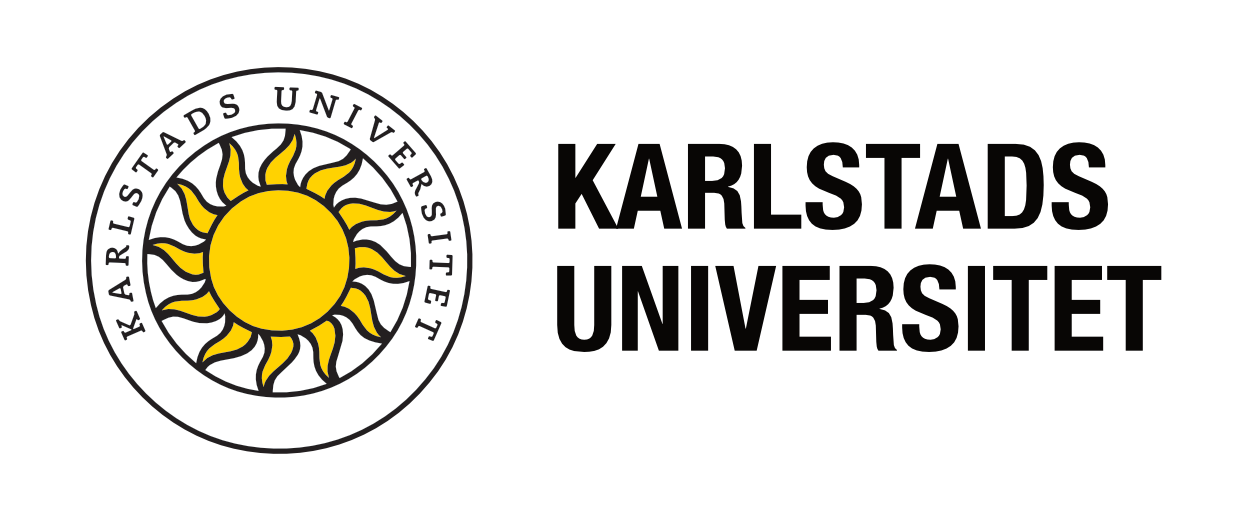This is about testing the ability to apply theory, models and methods in “real life” situations.
The student must e. g. suggest and argue for how one should understand or handle a certain reality-based situation and in their solution use theoretical models from the course.
A bank of scenarios that may be varied
A useful strategy is to construct a “bank” with case descriptions where parameters can be varied and combined in different ways and where students are randomly assigned to solve different of these variants. This strategy works best if the cases can be described in a few short sentences.
Different assignments based on the same scenario
Another solution based on the same strategy is to present a common larger scenario. Examples can be a description of a company/project in a certain situation, a patient with a certain medical history or a fictitious transcribed conversation from a charged meeting. A number of questions can then be asked about the scenario, where the student’s task is to look at the scenario from certain specified perspectives.
Such tasks may be to apply a certain theoretical model to understand the situation, or to suggest an appropriate next step for the company management/treating nurse/one of the meeting participants.
More than one assignment for the same scenario
For the same scenario, several alternative questions can be asked, e. g. to analyze the scenario using several alternative theoretical models. Different students can have different similar issues to work with for the same scenario, or solve the same tasks, but with different scenarios as a starting point. Even small variations of scenarios of this kind require new solutions, but can be made so that they are equivalent from an assessment point of view.

